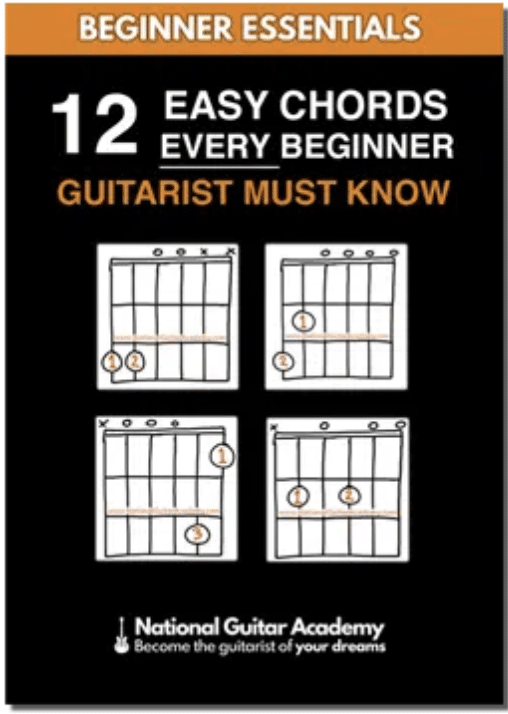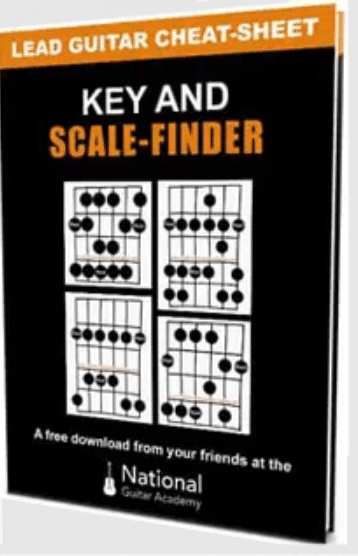Different rhythms call for different chord voicings, and different chord voicings allow you to explore different rhythms. We’ll walk you through how to choose the right combination.
In this lesson, we’re going to explore how your chord choices impact your rhythmic options. It’s a bit of a chicken-and-egg situation because different rhythms call for different chords, and different chords allow you to explore different rhythms. Understanding this will give you more control over your playing and allow for greater musical expression.
To start, we’re going to focus on the difference between open chords and barre chords from a rhythmic perspective. Remember, any chord can be played in multiple positions along the neck. For example, a G chord can be played in several different locations, and each voicing has a time and place where it works best. Rather than automatically playing a chord in its most common shape, you should consider what rhythm you want to create and choose the best chord voicing accordingly.
Open Chords and Their Rhythmic Characteristics
Open chords are fantastic for creating a loose, spacious feel. Let’s consider a common progression: G – C – D – G. If we strum this progression using open chords, we have several rhythmic options:
- Steady Strumming – A straightforward, even strumming pattern provides consistency.
- Articulated Notes – Picking individual notes within the chord can create a more intricate sound.
- Bass and Treble Emphasis – Alternating between bass and treble notes within the chord for a dynamic feel.
- Fingerpicking – Using a fingerpicking approach to give a folky or delicate sound.
- Claw Technique – Plucking strings 2, 3, and 4 with three fingers to create a distinct rhythmic feel.
- Percussive Strumming – Using string slaps to add a rhythmic, percussive element.
- Muted Strumming – Lightly muting the strings with the palm for a tighter sound.
One limitation of open chords is that they don’t always sound great with distortion, especially on an electric guitar. Too much gain can make open chords sound muddy.
Barre Chords and Their Rhythmic Advantages
Barre chords offer a different set of rhythmic possibilities. Because your fingers are in contact with all strings, you have more control over dynamics and muting. This makes barre chords ideal for:
- Rock and Chunky Strumming – Using downstrokes and palm muting for a controlled, aggressive sound.
- Percussive Muting – Relaxing the grip to silence the strings and create rhythmic separation.
- Beachy or Reggae Grooves – Using soft, controlled strumming with intentional muting.
- Secondary Guitar Parts – Playing higher voicings of chords to complement another guitarist strumming open chords.
- Lead-Style Chord Playing – Using triads or smaller chord fragments for a precise, well-defined sound.
For example, if another guitarist is strumming open chords, you could switch to a barre chord variation higher up the neck or even use just the top three strings for a more controlled, lead-like approach. Experimenting with these options allows you to craft more engaging and layered guitar parts.
Expanding Rhythmic Options with Chord Voicings
The more chord voicings you know, the more rhythmic options you unlock. Playing the same chord in different positions offers new textures and dynamics. Here are a few examples:
- D-Shape Chords – Higher voicings that add brightness and clarity.
- A-Shape Chords – Allow for a punchy, mid-range emphasis.
- Triads on Strings 2, 3, and 4 – A more minimalistic approach that works well for lead-style playing.
Conclusion
By understanding how chord choices influence rhythmic possibilities, you gain greater flexibility in your playing. Open chords provide a natural, resonant sound, while barre chords offer more control and dynamic options. As your chord vocabulary expands, so will your ability to shape rhythm and texture in your music. Experiment with different chord voicings and rhythmic techniques to find what works best for the style and feel of the music you want to create.



